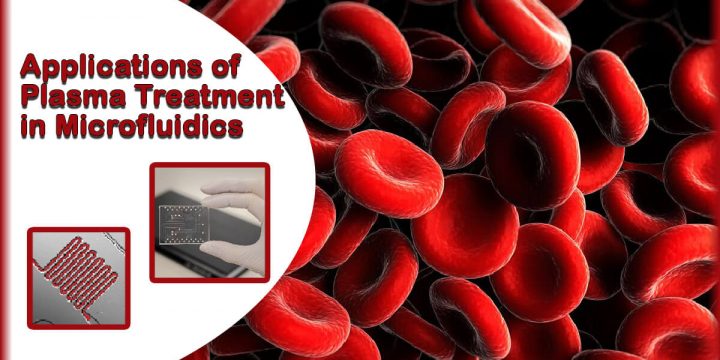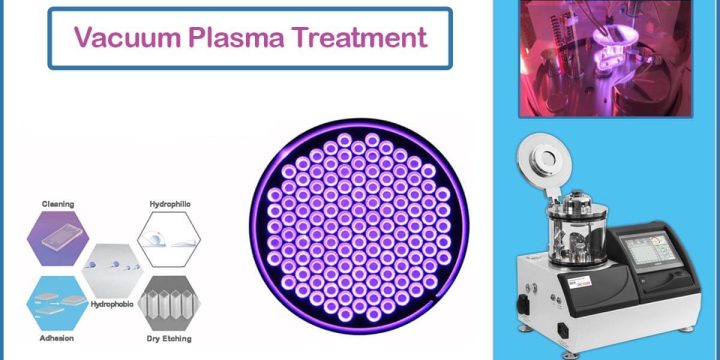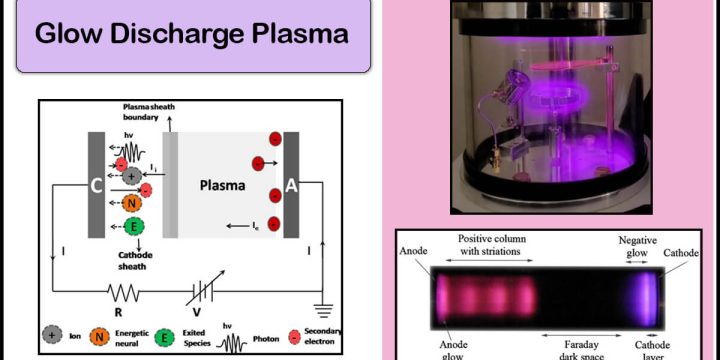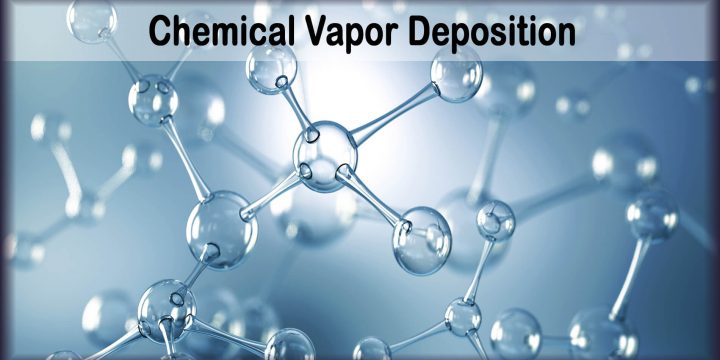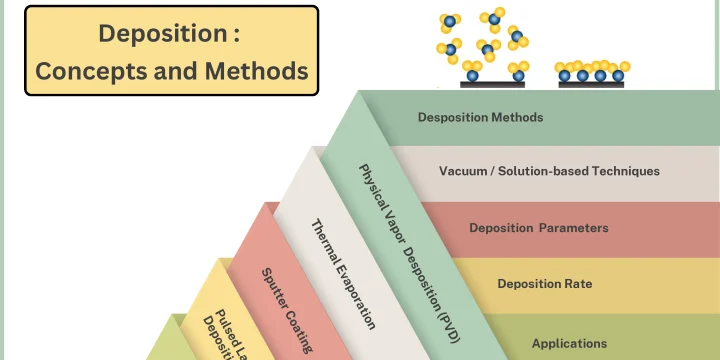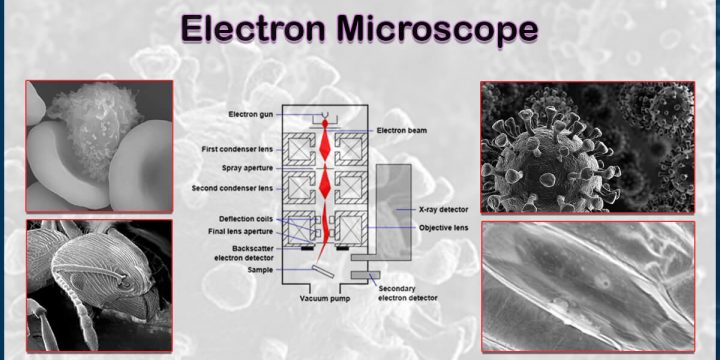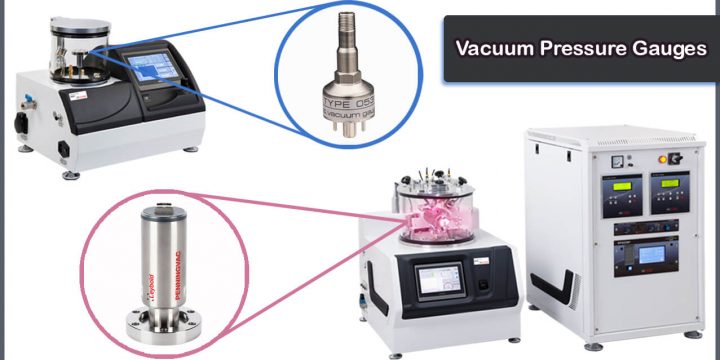
Pressure Gauges
[vc_row][vc_column width="3/4"][vc_row_inner][vc_column_inner][vc_column_text] Pressure Gauges Pressure, force per unit area (N/m2), is identified as the applied force by a fluid (gas or liquid) to a surface. Pressure measurement has many applications in everyday life. For decades, tools used to measure and display pressure are known as Pressure Gauges or Vacuum Gauges. A vacuum gauge can measure the pressure ranges lower than the ambient pressure. Generally, the pressure is not an absolute quantity, and most pressure gauges determine the pressure compared to the atmospheric pressure as the reference. [/vc_column_text][/vc_column_inner][/vc_row_inner][vc_row_inner css=".vc_custom_1736607959621{background-color: #D9D9D9 !important;}"][vc_column_inner width="1/2"][vc_cta h2="" txt_align="center" style="3d" color="mulled-wine" add_button="bottom" btn_title="High Vacuum Systems" btn_style="3d" btn_color="juicy-pink" btn_align="center" css="" btn_link="url:https%3A%2F%2Fvaccoat.com%2Fblog%2Fultra-high-vacuum-systems%2F|title:High%20Vacuum%20and%20Ultra-High%20Vacuum%20Systems|target:_blank"][/vc_cta][/vc_column_inner][vc_column_inner width="1/2"][vc_video link="https://www.youtube.com/watch?v=NvCDu54y__k" css=""][vc_column_text css=".vc_custom_1736607933583{margin-top: -20px !important;}"] Introduction to vacuum technology [/vc_column_text][/vc_column_inner][/vc_row_inner][vc_row_inner][vc_column_inner][vc_column_text] Pressure Regions and Pressure Types The vacuum pressure is defined in three regions: low vacuum…

